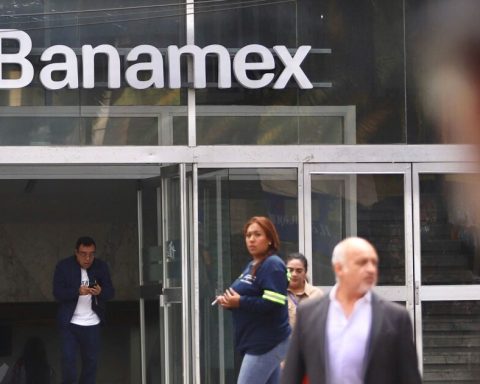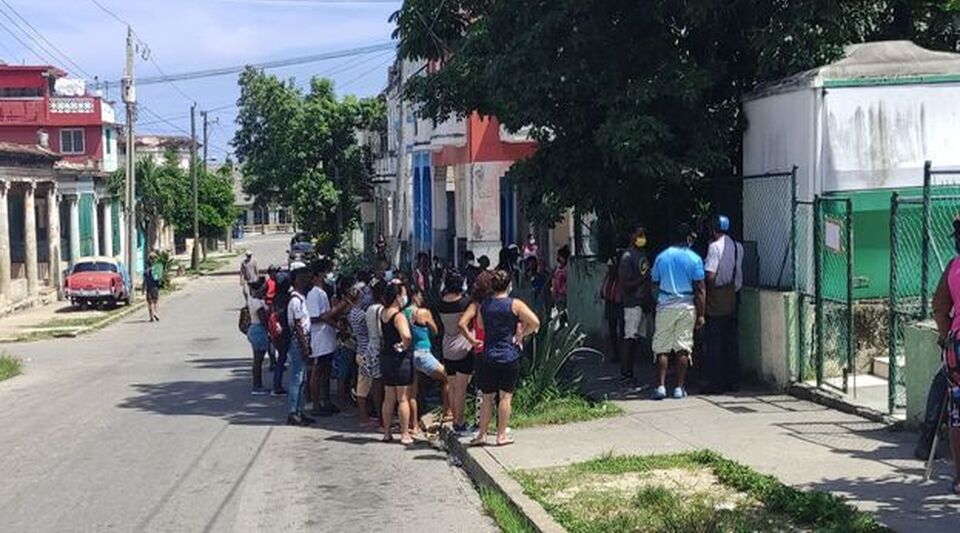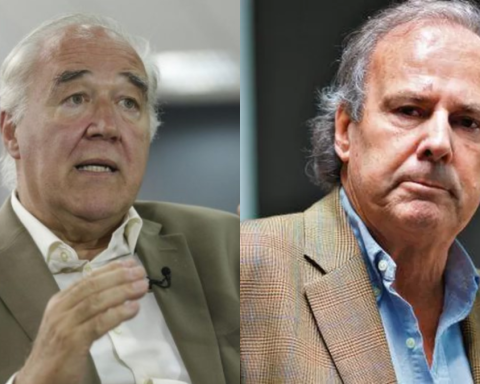“The government will need to encourage private investment more vigorously and strengthen domestic growth engines. Until change comes, regulatory policy uncertainty will keep many investors on the sidelines, putting a drag on structural economic growth “, highlighted Gabriela Soni, head of investments at UBS, in the report “Mexico: haven of peace in turbulent times.
By 2023, UBS estimates that Mexico’s economic growth will be 0.5%, a very distant forecast from the 3% that the Ministry of Finance raised.
Soni considered that Mexico has two factors in its favour: it has macroeconomic stability and is strongly linked to the main world economic power; however, limited fiscal support in the pandemic and weak investment weighed on the post-pandemic recovery.
“Spending on machinery and equipment has risen sharply to meet strong external demand for exports of manufactured goods, but construction trends, which depend on growth prospects, remain disappointing,” he said.
Although the country’s macroeconomic stability with solid public finances and the credibility of Banco de México has been maintained, UBS estimates that the Mexican peso will depreciate as the Federal Reserve will continue to raise interest rates.
By raising interest rates, which have already affected economic activity in the United States, UBS estimates that it will have an impact on sending remittances to Mexico and that fewer remittances will be synonymous with less consumption in Mexico.
“Above average inflation and a slowdown in remittances could slow down household consumption in Mexico.”
The peso is expected to trade at 20.5 pesos per dollar in the first quarter of the following year and by the end of the year, it will stand at 21.5 pesos.
















